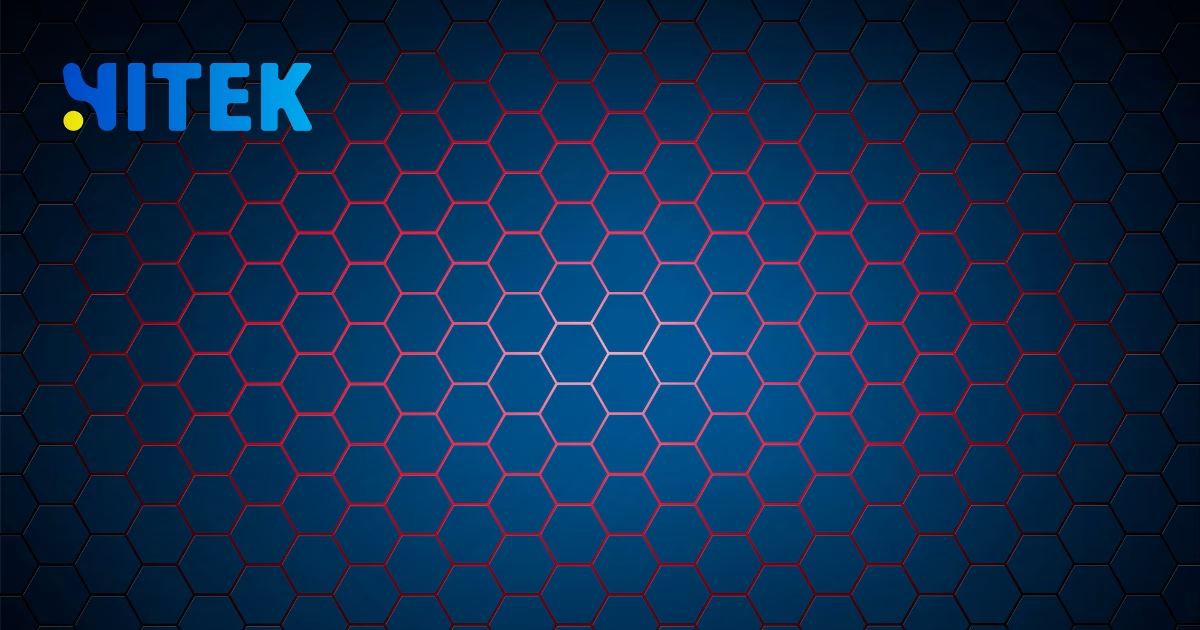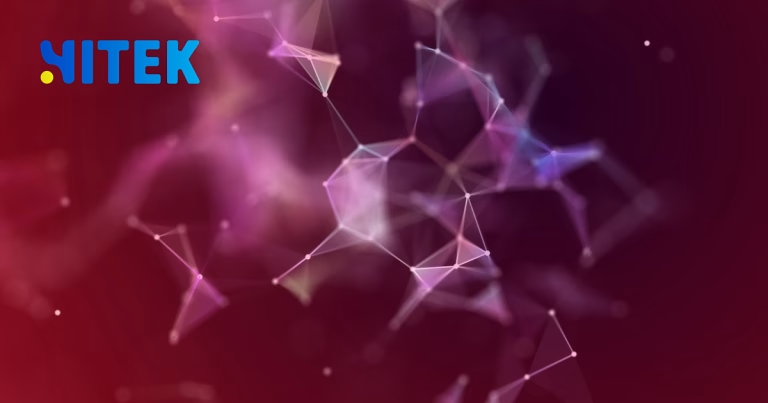Every great digital product, from a nimble startup’s app to a major bank’s new trading platform, starts not with code, but with a plan. System design is the architectural blueprint of the tech world. It’s where complex ideas are translated into coherent, visual structures that teams can build, critique, and refine. For Australian tech professionals, getting this foundation right is non-negotiable.
The right diagramming tool doesn’t just draw boxes and lines; it shapes how you think, collaborate, and execute. Today, three platforms dominate this space: the agile Miro, the precise Lucidchart, and the veteran Microsoft Visio. But which one deserves a permanent spot in your toolkit?
This isn’t about declaring a single winner. It’s about matching the right instrument to the orchestra you’re conducting. Let’s break down each contender.
Contents
ToggleThe Collaborative Powerhouse: Miro
Think of Miro as the infinite digital whiteboard your team never knew it needed. It’s less a diagramming tool and more a visual collaboration ecosystem. Its strength lies in fostering real-time, asynchronous teamwork, making it a favourite for agile teams and remote-friendly Australian companies.
Miro excels in the early, messy stages of system design. You can brainstorm architecture with sticky notes, map out user flows with simple shapes, and use its dedicated AWS and Azure template libraries to sketch cloud infrastructure—all before formalising a single diagram. Its integration with Slack, Jira, and Teams means discussions flow directly into the design process.
Ideal for: Agile teams, startups, and remote collaborators who prioritise brainstorming, workshops, and iterative design. If your process is dynamic and involves constant feedback, Miro’s fluid environment is unmatched.
The Diagramming Specialist: Lucidchart
For those who believe in clarity and precision, Lucidchart is the draftsman’s tool of choice. It’s built for creating polished, professional diagrams that adhere to strict standards like UML 2.0 and BPMN. While it offers collaboration features, its core identity is about producing impeccable, presentation-ready visuals.
Lucidchart’s intuitive interface and vast shape libraries make it simple to drag and drop complex architectures into existence. Its data linking feature can auto-generate diagrams from a spreadsheet, a massive time-saver for large-scale systems. For Australian enterprises in finance, government, or engineering where documentation must be precise and standardised, Lucidchart is often the default.
Ideal for: Enterprise architects, software engineers, and business analysts who need to create detailed, standard-compliant diagrams for formal documentation and compliance.
The Established Standard: Microsoft Visio
Visio is the legacy heavyweight. It’s the most powerful and feature-rich desktop application of the three, with deep ties to the Microsoft ecosystem. For complex, network-level diagrams or detailed floor plans, Visio’s advanced capabilities are still largely unrivaled.
Historically a desktop-only application, Visio has moved to the cloud with Visio in Microsoft 365, gaining real-time co-authoring features. However, its collaboration feel is often considered less fluid than Miro’s or Lucidchart’s. Its actual power users are IT professionals, network architects, and engineers who need granular control over every element of a technically complex diagram.
Ideal for: Large organisations already entrenched in the Microsoft suite, and professionals working on highly complex, network-based, or engineering-focused system designs.
Head-to-Head: Choosing Your Weapon
This table breaks down how these tools stack up across key criteria for an Australian audience.
| Feature | Miro | Lucidchart | Microsoft Visio |
|---|---|---|---|
| Core Strength | Visual collaboration & ideation | Professional diagramming & precision | Advanced technical drawing |
| Learning Curve | Low | Medium | Steep |
| Real-time Collaboration | Excellent (built for it) | Very Good | Good (improved with cloud) |
| Template/Shape Library | Extensive & modern (great for cloud) | Vast & standards-based | The most extensive & advanced |
| Integration | Slack, Jira, Teams, Google Drive | Google Workspace, MS Office, Slack | Deep Microsoft 365 integration |
| Pricing (AUD approx.) | Free plan; Paid from ~$12/mo user | Free plan; Paid from ~$11.90/mo user | From ~$8.90/mo user (Plan 1) |
The Verdict: It Depends on Your Design Phase
The most innovative Australian tech leaders don’t pick one—they use them in tandem.
- Start with Miro. Use its infinite canvas to brainstorm, gather initial requirements, and whiteboard the high-level concept with your team. Embrace the chaos of creation.
- Refine with Lucidchart. Once the core ideas are settled, move to Lucidchart to formalise the architecture. Create clean, standardised diagrams that will become part of your official technical documentation.
- Rely on Visio for depth. For specific, highly complex subsystems—like a detailed network infrastructure within a larger architecture—Visio’s advanced features might be necessary.
Your choice ultimately hinges on your team’s size, design process, and the level of technical detail required. The best tool is the one that disappears, allowing you to focus on what truly matters: designing elegant, robust systems.
What’s your go-to tool for mapping out a complex system? Does your team favour collaboration over precision, or have you found a way to balance both?










